When your life or the world feels serious, you might turn to something more lighthearted for entertainment. The comedy plot used in movies, books, and tv is a tried-and-true ancient structure that does more than make us laugh though. Like comedians, the comedy plot can hold a mirror up to us as people and a society and help us remember who we want to be.
Let's take a look at what goes into a comedy plot.
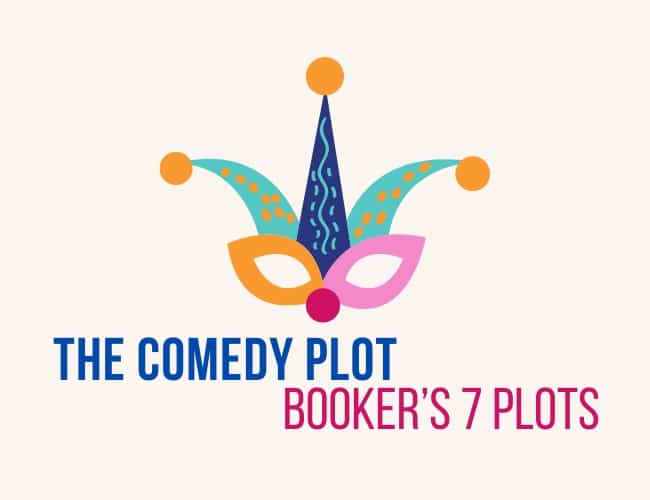
This article is part of our series exploring Christopher Booker’s theory of plot types in The Seven Basic Plots: Why We Write Stories. See our overview, overcoming the monster plot. the rags to riches plot, the quest plot, the voyage and return plot, the rebirth plot, tragedy, and comedy.
Welcome to the last of the seven basic plots: the Comedy.
Want to learn more about plot types? Check out my new book, The Write Structure, and learn the hidden principles behind bestselling stories. Click to check out the book.
What is a Comedy Plot?
Comedy, as a plot, refers to a specific narrative structure characterized by misunderstandings, mistaken identities, and humorous situations that lead to a resolution and a happy ending.
In the context of storytelling, a comedy plot often begins with a scenario that creates conflict or confusion, particularly between characters who are romantically interested in one another but are kept apart by various comedic obstacles. These obstacles—often fueled by folly, deception, or societal norms—culminate in a series of humorous events that ultimately resolve the conflict, allowing the characters to unite or find happiness.
An essential feature of comedy plots is that they frequently provide deeper insights into human nature and societal issues, often using humor as a vehicle for social commentary.
How is comedy as a plot different from comedy as a genre?
While “comedy” can refer to both a plot structure and a genre, there are distinct differences between the two:
- Comedy as a Plot:
- Focuses specifically on the narrative arc and elements that create humor and ultimately lead to a resolution.
- Centers around characters in humorous situations, misunderstandings, and conflicts that resolve positively.
- Can be incorporated into various genres, such as romance (romantic comedies), adventure (comic adventures), or even drama (dramedies).
- Comedy as a Genre:
- Encompasses a broader category of works that are primarily designed to evoke laughter and entertain through humor.
- Includes various styles and forms of humor, such as slapstick, satire, parody, and dark comedy, which may or may not follow the specific plot structure outlined in comedy plots.
- Addresses a wide array of themes beyond the romantic or relational focus typical of comedy plots, allowing for varied approaches to humor.
Comedy as a plot is a specific narrative framework that utilizes humor to tell a story with a happy resolution, whereas comedy as a genre encompasses a wider range of works that prioritize humor across diverse themes and styles.
The Comedy Plot According to Christopher Booker's Seven Basic Plots
The structure of a Comedy according to Booker is less rigid than the other six plot types, but for the most part there are three acts to the story.
The “Shadow of Confusion”
We're introduced to the hero and heroine, who are clearly marked as destined to be together (along with possibly a few emerging beta couples), but they're being separated. This could be physical separation (maybe they haven't met yet), or emotional separation (see A Midsummer Night's Dream‘s Demetrius and Helena for a good example of this). Either way, there's confusion, miscommunication, and frustration, and the designated couples aren't hooking up.
It Gets Worse
The confusion previously mentioned gets even more convoluted. The darkness separating everyone is at its thickest, and the tension for the characters is at its peak. Things are going disastrously for our hero and heroine.
The Confusion is Lifted
Someone or something explains the misunderstandings, all the characters breathe collective sighs of relief, weddings are arranged, and the bad guy is either punished or repents in time for the engagement party.
The key in Comedy is the execution and transition between the stages. Also, it's important to keep in mind that Comedy in Booker's definition isn't necessarily funny; the name just indicates that everyone lives happily ever after.
But as anyone who has seen Singin' In the Rain or read The Importance of Being Earnest can attest, confusion is a great mine for humor, and it's not a new phenomenon.
The historical evolution of comedy
Booker argues that the comedy plot evolved historically in three distinct stages, each marked by a specific playwright.
Stage 1: Aristophanes
Aristophanes' comedies, known as “Old Comedy,” are characterized by several key elements:
- Political Satire: Aristophanes often used humor to critique political figures and societal norms, addressing contemporary events and issues in Athenian society.
- Exaggerated Characters: His plays featured larger-than-life characters, often embodying extreme behaviors or traits that highlighted their absurdities.
- Clever Wordplay and Puns: Aristophanes was known for his witty dialogue, employing clever wordplay, puns, and linguistic humor to engage the audience.
- Social Commentary: The comedies served as a vehicle for social criticism, exploring themes such as morality, war, and democracy, often leading to deeper reflections on human nature.
- Sexual Humor and Farce: Many plays included slapstick, sexual innuendo, and farcical situations, contributing to the overall comedic effect.
- Fantasy and Absurdity: Aristophanes often incorporated fantastical elements, using absurd scenarios that challenged the boundaries of reality.
- Audience Engagement: His comedies frequently broke the fourth wall, directly engaging the audience and making them part of the humor.
Overall, Aristophanes' comedies blended humor with serious themes, making them both entertaining and thought-provoking. But you can also see the elements of modern comedy in these elements.
Stage 2: The New Comedy (Meander, Plautus and Terence)
New Comedy,” a genre that emerged in Ancient Rome, focuses on more relatable characters and situations than its predecessor, and New Comedy focused primarily on a love story.
While there is still the resolution of disorder present in Aristophanes, New Comedists like Plautus changed what Booker calls “the nature of the recognition on which the resolution turns.” He means that the comedy story arc can't be complete unless the discovery precedes the change of heart that brings the hero and heroine back together.
As such, New Comedy revolved less around political satire and more on romantic entanglements and character-driven humor.
Overall, New Comedy emphasizes character-driven humor and relatable scenarios, making it a precursor to modern comedic storytelling.
Stage 3: Shakespearean Comedy
Shakespeare's comedies reflected that return to classical forms that marked the Renaissance writers in general, but also because he directly built from the classical plays. The Comedy of Errors was based on Plautus's Menaechmi, but If you compare the two, you'll notice that Shakespeare complicates the storylines with more chaos, more misunderstanding, and deeper themes.
Menaechmi has one thread of misunderstanding that leads to one reunion of lovers. But The Comedy of Errors plays out the pattern on several groups of characters whose entanglement begins on a shipwreck (a rather literal scene of disorder!).
Booker points out that for Shakespeare, the comedy begins before the lovers are established, making way for a tangle of relationships and upending of social order that Plautus and his world never saw as a goal.
Example plot: The Comedy of Errors
Let's look at Shakespeare's The Comedy of Errors structured according to Christopher Booker's three stages of a comedy plot: Shadow of Confusion, It Gets Worse, and The Confusion Is Lifted.
1. Shadow of Confusion
Introduction of Characters and Setting:
- The play begins in Ephesus, where we meet Antipholus of Syracuse, who is searching for his twin brother, Antipholus of Ephesus, whom he has not seen since childhood. Accompanying him is his servant, Dromio of Syracuse.
- Meanwhile, Antipholus of Ephesus is in Ephesus with his servant, Dromio of Ephesus. The townspeople recognize him, but Antipholus of Syracuse is unaware of his brother's existence.
Miscommunications Begins:
- Dromio of Ephesus mistakenly assumes Antipholus of Syracuse is his master and addresses him, creating confusion.
- Antipholus of Syracuse is bewildered by Dromio’s strange behavior, leading to misunderstandings regarding his identity and that of his brother.
2. It Gets Worse
Escalation of Confusion:
- As the plot progresses, Antipholus of Syracuse is mistaken for his twin brother by several characters, including Luciana, sister of Adriana, Antipholus of Ephesus’s wife.
- Antipholus of Ephesus, through a series of comical events, finds himself frustrated and bewildered as he is denied entry to his own home by Adriana, who believes he is his brother.
- The situation escalates when both sets of twins are present in Ephesus, leading to further misunderstandings, accusations, and mistaken identities, culminating in Antipholus of Syracuse being arrested by a merchant who believes he owes debts.
Chaos and Confusion:
- Characters continue to interact with each other without realizing they are talking to the wrong person, leading to slapstick humor and chaotic situations.
- Confusion intensifies as the characters' reactions to the mistaken identities lead to comic confrontations, misunderstandings about loyalty, and misplaced affections.
3. The Confusion Is Lifted
Resolution of Misunderstandings:
- The climax occurs when the two pairs of twins finally come face-to-face. The moment of recognition happens when the characters begin to piece together the confusion that has ensued.
- Ultimately, the characters discover the truth about their identities, leading to a series of heartfelt reunions and reconciliations.
Happy Ending:
- Antipholus of Ephesus is reunited with his wife Adriana, and Antipholus of Syracuse finds joy in his new relationships.
- The play concludes with celebrations, as the misunderstandings are resolved, and the characters express their happiness.
- The comedic plot structure culminates in a joyful conclusion, emphasizing themes of love, family, and the absurdity of life.
In The Comedy of Errors, Shakespeare employs the classic comedy structure outlined by Booker, with misunderstandings and confusions leading to a chaotic series of events that ultimately resolve into a happy ending. The play is a brilliant reflection of human relationships, illustrating how easily confusion can arise and how love and understanding ultimately prevail.
Comedy Still Evolving
Obviously comedy today points to a number of forms and subjects, from stand-up to romantic comedy, but often the goal of comedy is still the same. Comedy often seeks to restore a kind of order, especially from chaos (even when it makes us uncomfortable).
If you want to write comedy screenplay or even just create a comic situation in your story, look for ways to complicate disorder, then make the situation worse before you let the characters untangle their relationships in fun or surprising ways.
What are your favorite comedies? Do they share some of Booker's insights about the plot type or do they deviate? Share in the comments.
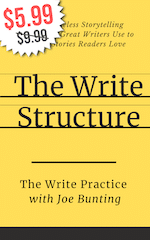 Need more plot help? After you practice this plot type in the exercise section below, check out my new book The Write Structure which helps writers make their plot better and write books readers love.
Need more plot help? After you practice this plot type in the exercise section below, check out my new book The Write Structure which helps writers make their plot better and write books readers love.
PRACTICE
Set the timer for 15 minutes. Write a quick scene about two love interests who descend into chaos over a misunderstanding (think: overhear something, misread a situation or text, missed meet up). When you're finished, share your story in the Pro Practice Workshop for feedback from the community. And if you share, please be sure to comment on a few stories by other writers.

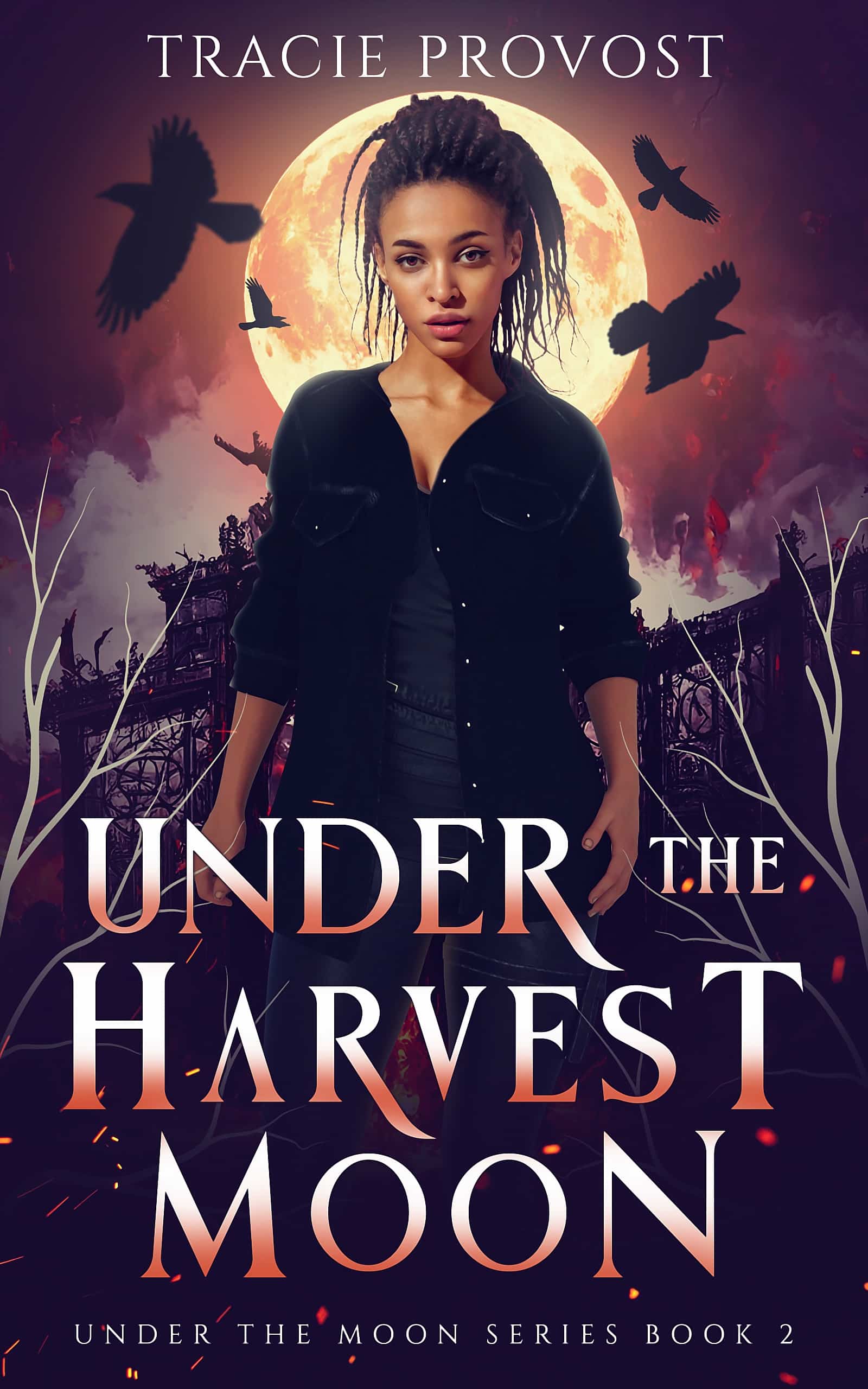
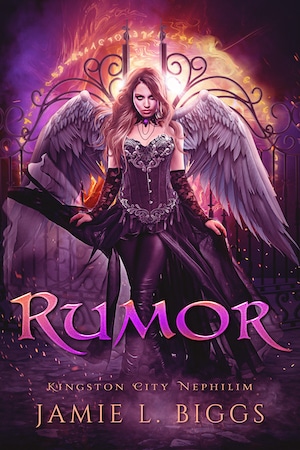
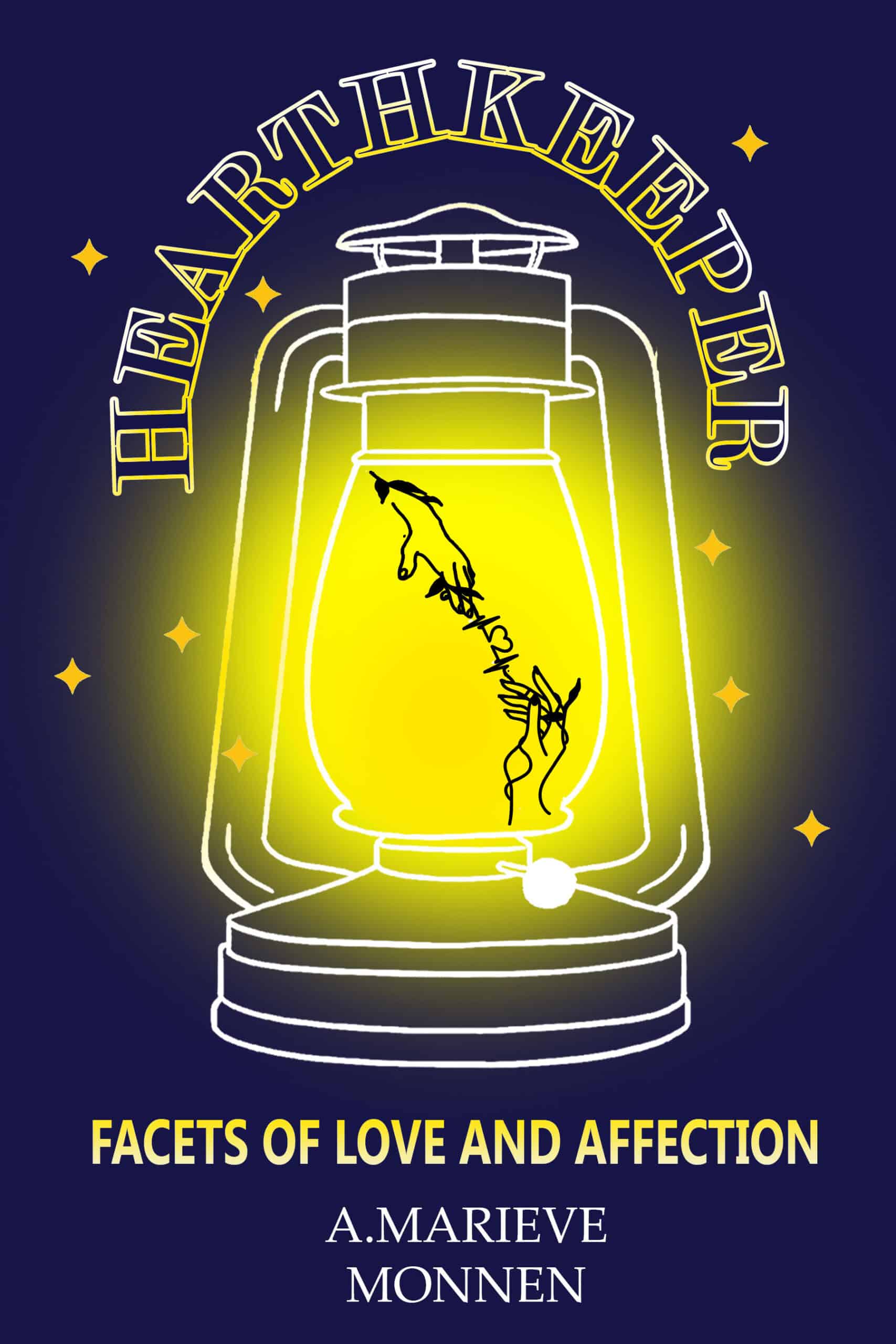
The place was almost deserted when he walked into the Tea Shop that morning. Was that just happenstance, she wondered, or had he been watching for a slack time? She picked up her order book and walked over to the table he’d chosen.
“May I take your order, sir” She felt the corners of her mouth wanting to curve into a smile, but she ordered them to smarten up.
“Hello, Sweetie. Fancy meeting you here.”
“I doubt if there’s anything fancy about it. I’m thinking just plain persistence.” She glared at him sternly. If only those corners of her mouth would stop twitching! “May I take your order please.”
He gave her a broad smile. “Do I dare order coffee in a Tea Shop…since I’ve dared to come in here in the first place? The waitress doesn’t seem friendly.”
Lianne glanced at the only other occupied table, where two elderly ladies were sipping their tea. She saw one of them adjust her hearing aid. “All the better to hear you with, my dear,” she thought to herself.
When she looked back at Mike, he was grinning mischievously. “Can’oo canoodle?” he asked with a wink.
Lianne heard a little twitter from the other table. “I believe we could see out the window better if we moved over a bit,” the one lady said to her friend. Both ladies slid their chairs over as far as they could in her direction.
She gave Mike an exaggerated frown. “Can’oo get lost.”
He chuckled. “Now, Lee. Is that any way to treat a paying customer? Why, I might even buy a cinnamon roll and leave you a big tip when I leave.”
“Perhaps I should leave you a big tip, too,” she said.
“If you can tell me how to impress a girl my heart throbs for.”
She sat down beside him at the table. “We have a special Healthy Harvest whole grain bagel with low-calorie spread. It has no wheat flour, no sugar, no cholesterol, no cream cheese. It’s perfect for people with heart problems.”
He sighed and put his elbows on the table. “I was hoping for something with dates in it.”
(I cheated; I did this as a writing exercise last fall for my critique group –but it took me about 15 minutes. Canoodle was one of the words we had to use.)
I like the banter about the food.
The scene fits nicely at the start of a romance.
I think it would have to be the start of Chapter Two. In chapter one you’d have to read about Lianne, a young woman who’s had her heart broken by some smooth-talking fast-flying casanova and now she’d determined to never repeat the mistake of falling in love with types like Mike.
lol
Reading this post, I realized I’ve never written romance before–not that I can think of. Of course, I’m so new at this I haven’t written much! For today’s assignment I just focused on brainstorming a couple of characters.
Newton tapped his pencil on his desk and bounced his knee. “X equals. . . .” His
glance drifted to the window. He was proud of his campus, especially the
library. Floor to ceiling glass in the warehouse-sized library offered an
unobstructed view of the grass below. It was marked off for marching band
practice. If high school kids were band geeks, what were college music majors.
. . at a college not especially known for music?
Olivia scratched her head. The library smelled like stale books. Stale books and new books and geeks and everything that gave her a headache. She was headed to the rare books section to snag an original Scott Joplin score for her professor. If there was a good reason to enter the library, this was it. An actual Joplin. The master of ragtime himself. She shivered deep down, remembering the thrill when she’d first noticed the continuity between Schubert’s waltzes and Joplin’s rhythms. They really weren’t all that far apart in time.
Now this is a true starting point. I about know how it’s going to end twenty chapters down the line. 🙂
“That was part of the deal, Buddy.”
“You tell me now I had no say in the trade-off?”
The mad scientist shifted his chair closer and took his hand. “You can feel my
hand, yes?”
Bob nodded. He felt nothing, but he sensed that now wasn’t the time to start a fight. “You never told me – ”
The scientist muttered a foreign-sounding curse and thumped the table, so hard the coffee cups bounced off and shattered on the ground. “Now you are being stupid! It’s like you say, win one, lose one. You didn’t think this would be a lunch for free?”
“I thought – “ Bob had visions of himself being turned into a Frankenstein clone.
“It is not for you to think, Dumbo. I am in charch here.”
Bob swallowed. He didn’t want to be on the receiving end when this bloke got cross. Why had he ever agreed to this? “Okay, okay. Chill. Let’s get some more coffee.”
The scientist turned to a waitress and clicked his fingers, so hard the sound sliced into Bob’s head. Bob smiled weakly, and made as if he was sticking a finger into his ear to clean out the wax.
“Now,” the scientist growled. “You still want to go back on the deal?”
The sight of the lissome young waitress standing before him like a Venus with arms, made him catch his breath. He closed his eyes, and opened them again, slowly, taking in every inch of her pneumatic presence. Come to think of it, he was more than happy with his enhanced eyesight.
“Two more coffees, please,” he said, very slowly, the longer to keep her there, this vision from heaven that glowed with an inner radiance.
As he watched her sway away like an angel doing a slow waltz, the scientist leaned over. “That was worth it, or it was not, my friend?”
Bob nodded. Enhancing his eyesight while weakening another sense was a fair deal. But how long would he hold out? Why did the scientist pick his sense of feeling as the other one?
From now on it would be look, but don’t touch.
I’d have to read on. So far this sounds scary, not funny!
Thanks for the comment, Christine. I’ve just been reading from Carl Hiaasen’s latest book. His novels are so scary, they’re funny. If that’s possible.
If you asked me whether I like the job or not, I’d probably have a difficult time answering. I hate the commute, spending a total of 408 hours—17 days—in my Jeep each year, driving back and forth on the cruddy I-90. I hate my boss, she’s a spiteful violent woman who squeezes the fun out of every encounter, but I do enjoy some of the girls around the office.
Just take last Tuesday, for example. It was late in the day when I asked Jen, the secretary, to send me a copy of the invoice regarding the last purchase from the New Report—a publishing company in Holyoke that deals with small-end publications, brochures, event programs et cetera, et cetera. So I filled in all of the expenses in Excel: 800 reams of white-stock eight-and-a-half-by-eleven computer paper, took down all of the manufacturing costs, the man-hours spent in the shipping and warehouse departments. I was shocked when I saw the total they owed us, nearly $25,000, for their paper supply, they never go above $3,000, but whatever. I printed the invoice, popped it in the envelope, and hit the grime-way.
On Wednesday, a goddamn minute right before I was out of the door for lunch, Double-D Donnely called me into her office and had me close the door just to scream my head off because I had apparently fucked everything up.
“That wasn’t the New Report invoice, dumb ass! It was Crane I.T.,” Her flabby face was hot-red like an over-ripe tomato.
“We billed New Report so much, they think we don’t know our asses from our eyeballs. If you can’t get this simple task straight Johnny, I’m afraid you’re fucked.”
When I returned to my desk, Jen came over with a jolly rancher from the bowl on her desk. She said she heard the yelling and figured out what it was. She said she was sorry, that it was all her fault. It was all her fault, but I said it wasn’t to make her feel better.
She has a crush on me, which is fantastic cause she is pretty cute.
A little stupid, but pretty cute.
I’ll have to think about this for awhile.
Come up with anything yet?
The Shadow of Confusion stage:
—
Ainsley was very interested in meeting her father’s new student in spite of herself. She did not want to be interested in anyone who chose to live in this city.
“Trent Randall,” her father said, “will be my first paying student here in Horse Shoe. He’s a young man about 25. He’s a very good business man, very involved in the community, and highly intelligent…”
Ainsley tried to picture him. She hadn’t met any men that she admired here in Horse Shoe. They all seemed to walk the streets with saggy pants and something belligerent to say. Trent sounded like a strong name, and she pictured a clean cut, muscle bound black man in a tight fitting suit.
There was a knock on the door. “He’s here!” Beth called from the living room. “Should I send him in to your office, Harold?”
“Yes, please, Beth. Send him back here!” Harold said.
Her father seemed to live in his writing den these days, Ainsley thought. She started to get up and leave, but her father grabbed her arm.
“No, Ainsley, stay and meet him. I want him to meet my family.”
Reluctantly, Ainsley sat down across from the open seat reserved for their special guest. She felt set up.
Beth hurried into the room trailed by the horrible man Ainsley had just argued with on the street the other day. He was Trent Randall!
“Here he is!” Beth said with a wave of her hand and disappeared around the corner.
Ainsley stood up from her chair in surprise and disgust. Trent looked back at her with equal dismay.
“We’ve met before,” he said carefully.
“Yes.” she said looking at her father, who was leaning back in his desk chair, puffing on his pipe. He was amused.
“You met before,” he said cheerfully. “Splendid. Sit down, then, you two. I’m sure that you’ve introduced yourself, all ready then, dear?”
Ainsley’s face was burning. “No”, she said. “We spoke briefly.”
Trent’s jaw was clenched and his eyes seemed to bore into Ainsley’s like missiles. “Trent Randall.” he said and offered her his hand.
Ainsley hesitated. She did not like this man. He was a tyrant and she had just seen him beat a man in the street. She did not want to shake hands with a man who could be so callous, but she did not want to offend her father’s only current source of income.
She shook his hand quickly and stood up again. “I’m sorry, Dad, I don’t feel well all of a sudden. I think I’d better lay down.”
“It must be the heat.” Harold said, still jolly and dubious of the fiery tension in the room. “Make sure you drink some water and please ask Beth to turn on the air.”
Ainsley wanted to run out of the room as fast as she could. More than that she wanted to run out of this city, this neighborhood, this cesspool of violence and greed. She wanted nothing to do with the underworld of Horse Shoe that was Trent Randall’s lair.
This reads like the breakdown for a romantic comedy. It leaves out the trip gone wrong, the misunderstanding and exaggerated reaction comedies among family and friends, and many others. Janet
hello liz, its been a while, what thou ist the structure of le comedy? Liz Bureman my friend.